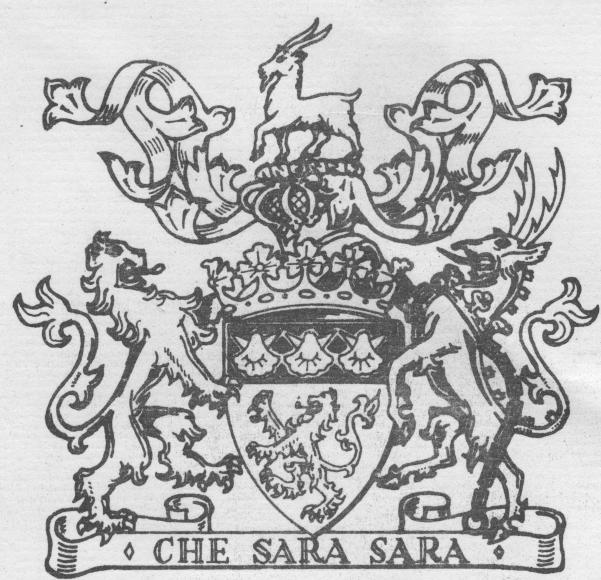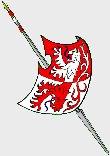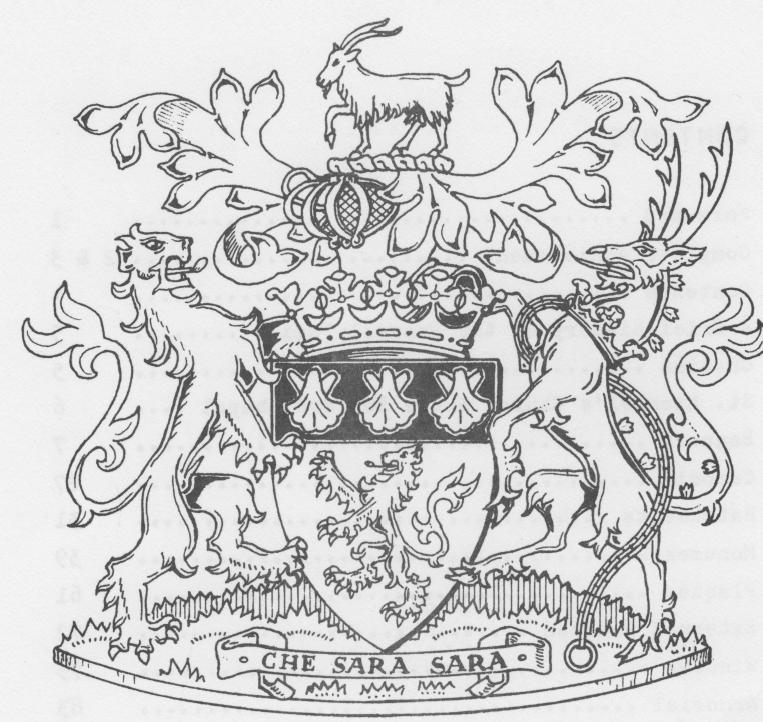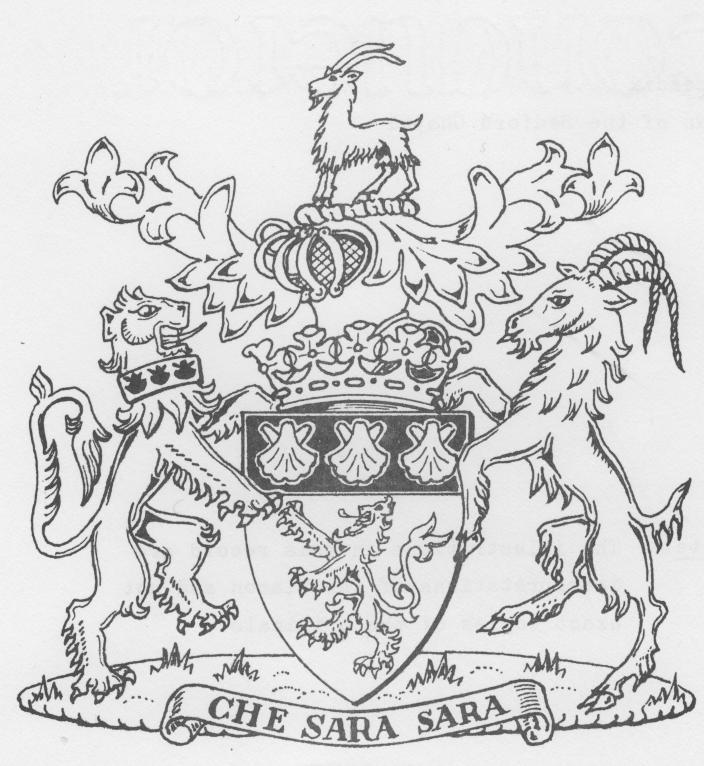|
ST.MICHAELS CHURCH & THE
BEDFORD CHAPEL
The Parish Church of St. Michael, Chenies, Buckinghamshire was
entirely rebuilt in the 15th century and almost entirely gone over in
the 19th century (1861, 1887). The only remnant of 12th century work is
the Norman font. The chapel is built of flint rubble with stone facings
and tiled roof. At the West end is a flint tower with higher stair
turret.
The Bedford Chapel attached to the North side of the church, was
built in 1556 by Anne Sapcote, Countess of Bedford in accordance with
her husband's will. He did not assign any express place, only that his
remains should have a Christian burial.
An inscribed stone tablet, apparently original, is built
into the outer face of the East wall of the chapel, below the window.
This records:
|
Anno Dni 1556
Thys Chappel ys, built by Anne
Countysse of Bedforde wyfe to
John Erle of Bedford accordyg to
ye last wyll of the sayd erle. |
The chapel was subsequently rebuilt, and was enlarged in 1906. From
contemporary photographs c 1901 this extension would appear to have been the
North Aisle and Chancel. This would have occasioned the repositioning of some of
the monuments, and the removal of some from St. Mary's Church, Watford. Scharf's
book pre-dates these moves.
Pevsner describes the Chapel as the richest single storehouse of funeral
monuments in any parish church of England. Monuments range from one from the
15th century too member of the Cheyne family, through elaborate 17th and 16th c.
sculpture, to one to the 9th Duke who died in 1891. It is
remarkable that throughout the chapel, all recumbent figures have their feet
turned away from the East.
The floor is of black and white marble; beautiful grey mottled
marble quatrefoil piers support the arches dividing the chapel from the Aisle.
There is an open wood roof, with hammer beams, the ends of the corbels decorated
with half figures of angels bearing coloured shields of the Russell and
associated families.
The co-ordinated series of six stained glass windows on the North side is
by C.E. Kempe c. 1897.
The large Last window is dedicated to the 9th Duke and Duchess of Bedford,
as is a carved stone achievement on the outer face of the West gable wall.
The Russell standard and banners hang from the walls and ten funeral
hatchments are fixed to the roof.
On the floor of the chancel is the helm and sword which hung over the
stall of Francis 7th Duke of Bedford in St. George's Chapel, Windsor on his
election as a Knight of the Garter on 26th March 1847. The wreath of Argent and
Gules, and the goat crest are moulded in the flat. There are also three helms,
two of which have spikes for retaining the crest.
Further coronets are fixed at cornice level on the South wall.
The Bedford Chapel is not open to the public, except by special
permission.
|




